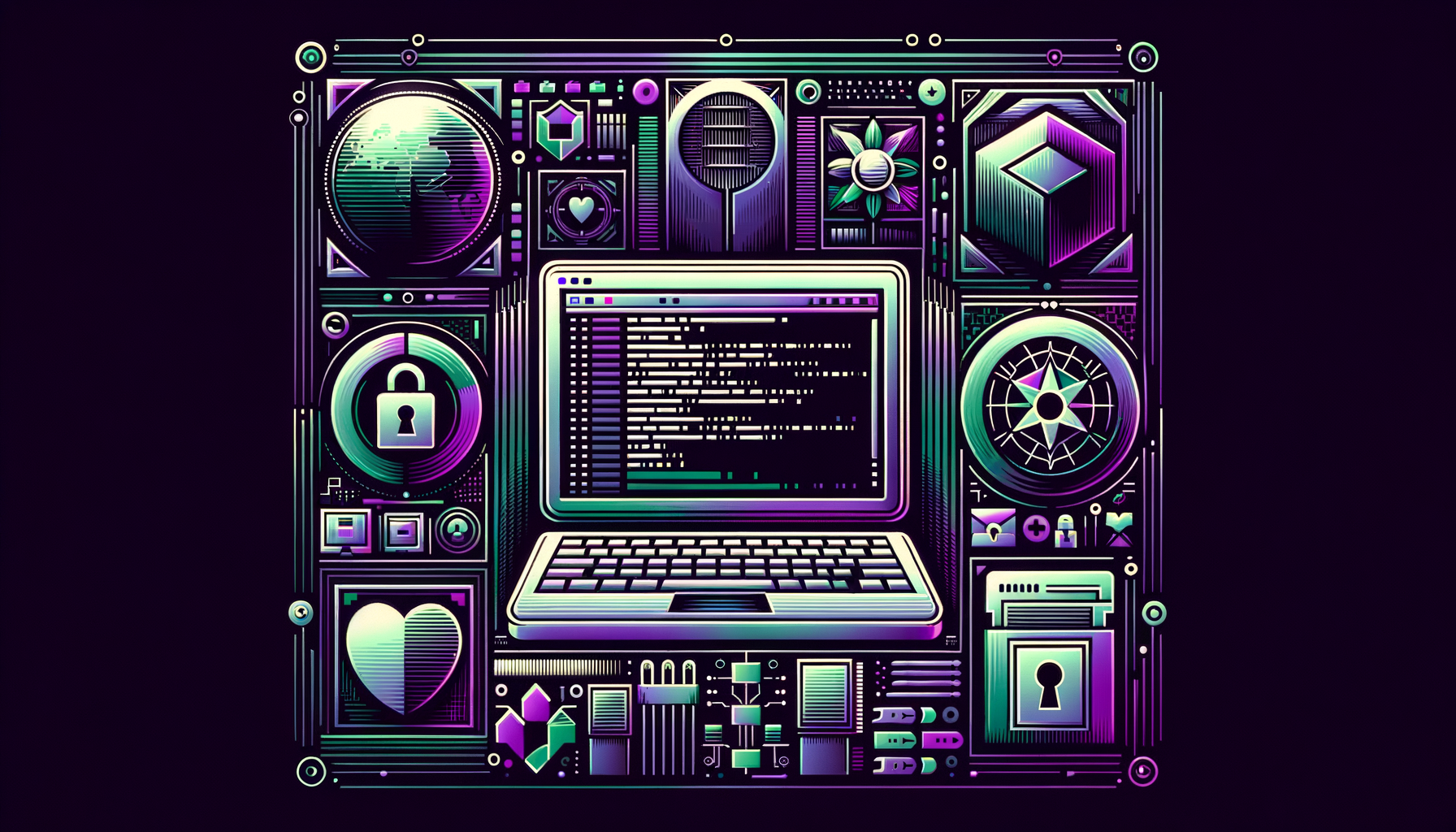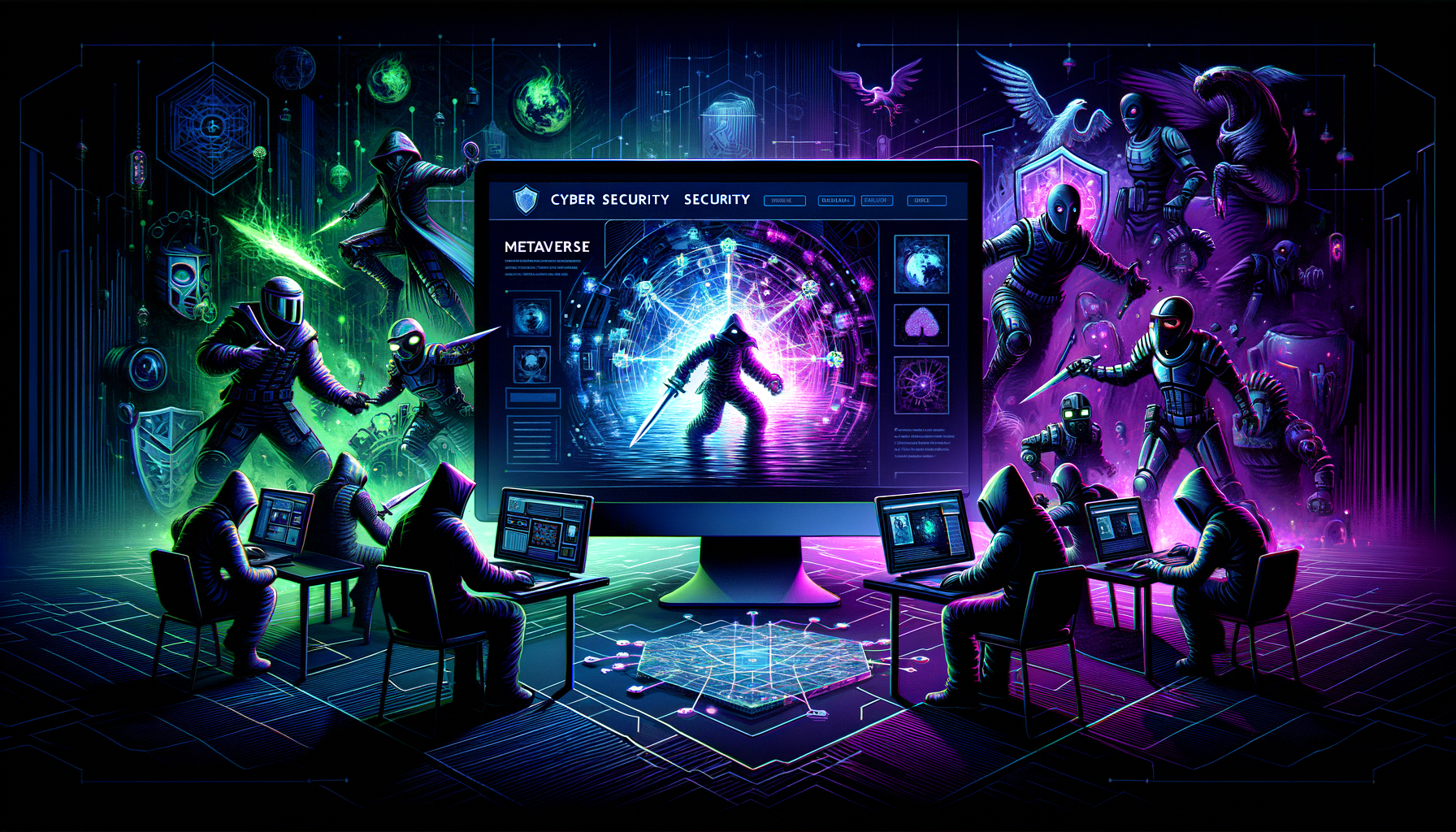Microsoft Releases MS-DOS 4.0 Source Code – A Step Forward in Cybersecurity Comprehension
Microsoft, known as a technology titan and a main player in the world’s software market, has recently made an astonishing move. The company released the source code for MS-DOS 4.0, an iconic and historical piece of software that helped shape the foundations of our current technological era. The broader implications of this decision, as it pertains to technological development and, particularly, cybersecurity, are substantial and warrant a comprehensive exploration.
The historical relevance of MS-DOS
Before delving into the cybersecurity aspect, it is pertinent to provide some context for those unfamiliar with MS-DOS. The software, initially released in the early 1980s, was one of Microsoft’s earliest triumphs. It stands for Microsoft Disk Operating System and was a predecessor to the Windows Operating System we are all familiar with today. It was a key driver in the rise of personal computing, laying the groundwork for the interconnected digital world we live in today.
Why the release of MS-DOS 4.0 source code matters
Microsoft’s decision to make the source code of such an influential piece of software publicly available is more than just a nostalgic throwback. It offers researchers, enthusiasts, and cybersecurity experts a glimpse into the early days of software design, arming them with new tools to understand, learn from, and potentially predict future threats in our ever-evolving digital landscape.
Implications for Cybersecurity
Here at HodeiTek, we offer a dedicated range of services focused on combating the ever-changing threat landscape in the world of technology. The release of the MS-DOS source code can, in many ways, assist in this mission.
- Understanding vulnerabilities
- Learning from the past
The ability to delve deep into the historical layers of software development is akin to a cybersecurity archaeology endeavor. As we gain knowledge from this uncovered artifact, we can comprehend vulnerabilities that were relevant in the software’s earlier days. This can guide our understanding of how those vulnerabilities evolved or were exploited, offering lessons for the present and future.
While technology has changed significantly since the time of MS-DOS, fundamental concepts found within the code can still resonate. This could potentially help in predicting or preventing future cyber threats. As a provider of cybersecurity services, we can’t stress enough the importance of understanding the past when preparing for the future.
What this means for the tech community
This iconic piece of software now exists as more than just a relic of the past. It provides research opportunities and learning platforms for students, developers, and anyone interested in the field of computer software. This distribution of knowledge can only serve to benefit the broader tech community, driving innovation forward.
The initiative and open-source software
Microsoft’s initiative also lends credence to the push for more open-source software. Open-source software has always been a proponent of collaborative development, leading to innovative solutions not constrained by proprietary rights. Microsoft’s release can bring this mainstream, helping to foster a more transparent and cooperative environment for technological development, something that aligns with the principles of HodeiTek.
The broader perspective and cybersecurity
Within the EU, USA, and across the globe, cybersecurity issues are a resounding concern. This release from Microsoft does not only reflect a progressive step in offering publicly accessible source code, but it also arms a new generation of technologists and cybersecurity experts with knowledge that can help address these concerns. At HodeiTek, we see this as a bold, necessary move in our shared digital future.
In Conclusion
Microsoft’s release of the MS-DOS 4.0 source code bears significance far beyond a simple act of nostalgia. It opens a window into early software design, illuminates the path of software development, and provides an opportunity to translate that knowledge into cutting-edge cybersecurity strategies. The implications of this release are vast, and we at HodeiTek watch this development with great interest.
This pivotal moment serves as a reminder of the value of understanding our digital past when developing strategies for a secured digital future. A commitment that forms the foundation of our cybersecurity services at HodeiTek.






